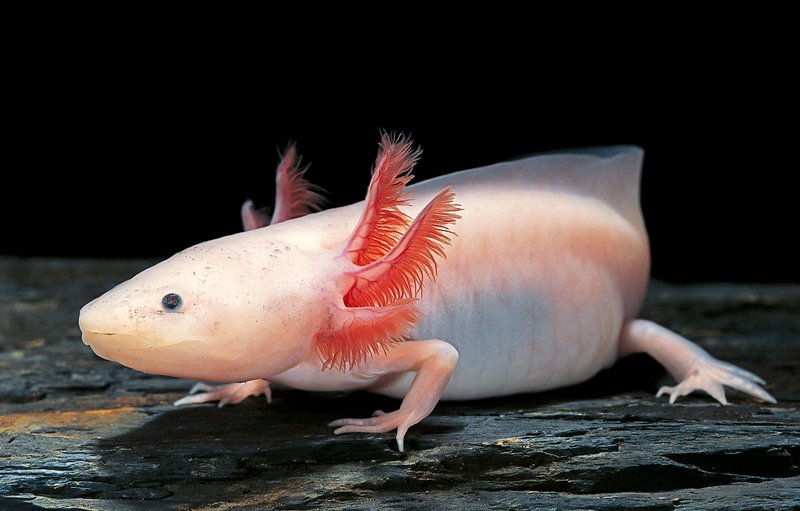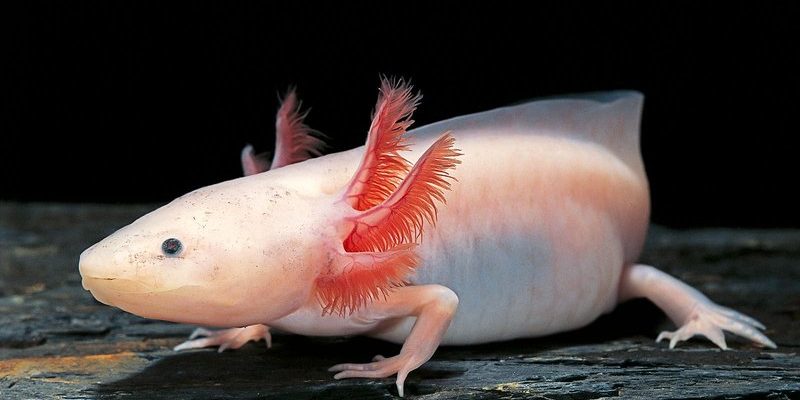
Imagine living in a world where the water can get muddy, warm, or even scarce. The axolotl is a master of survival, equipped with some incredible adaptations. Think of it as a tiny superhero with special powers that help it endure the kind of challenges that would leave many other species gasping for air. In this article, we’ll dive into the unique traits that allow axolotls to not just survive, but also flourish in harsh conditions, making them truly remarkable creatures.
Unique Habitat: The Lake of Xochimilco
To understand how the axolotl survives, we first need to look at its home. Native to the ancient waters of Lake Xochimilco in Mexico, this habitat is anything but easy. Historically, the lake was a vibrant ecosystem full of life, but urbanization has turned it into a mix of canals and shallow waters. This means the axolotl has adapted to living in water that can be polluted and low in oxygen.
Here’s the thing: Axolotls can tolerate these murky conditions thanks to their incredible gills. Unlike most amphibians that need lungs to breathe air, axolotls draw oxygen right from the water through their external gills. This adaptation allows them to find oxygen even when the water is less than ideal.
It’s almost like wearing a pair of high-tech headphones that filter out background noise, letting you focus only on the stuff that matters. For axolotls, this means they can thrive even in the challenging waters filled with floating debris and changing temperatures.
Regeneration: A Superpower for Survival
One of the most fascinating aspects of the axolotl is its remarkable ability to regenerate lost body parts. Imagine losing a finger and then growing it back perfectly over time—that’s essentially what axolotls can do!
When faced with danger, like predators or injuries, axolotls can regrow not just limbs but also parts of their heart and even sections of their brain. This ability is more than just cool; it’s vital for survival. In a habitat where threats can pop up unexpectedly, having the ability to recover from injuries means they have a second chance at life.
Let me explain: Regeneration happens through a process that scientists are still trying to fully understand. The axolotl forms a blastema, which is a mass of cells that can transform into various tissues. This regeneration process can take weeks or even months, depending on the part that’s lost.
This amazing power keeps axolotls going even when their environment becomes harsh or hostile, showing us just how resilient these little creatures are.
Cold-Blooded Creatures: Adapting to Temperature Changes
As cold-blooded animals, axolotls rely on their environment to regulate their body temperature. This can be a double-edged sword. When temperatures rise, which often happens in their shallow lake habitat, axolotls can become stressed. But here’s where their adaptability shines.
Axolotls have developed the ability to enter a state of dormancy during extreme heat. This “sleep mode” allows them to conserve energy and survive when conditions aren’t favorable.
Honestly, this is a clever survival strategy. During the warmest months, when food is scarce and the water becomes inhospitable, they can slow down their metabolism. It’s like hitting the pause button on a video game—waiting it out until conditions improve.
This adaptability is crucial when the environment fluctuates, helping them stay alive and well in challenging situations.
Dietary Flexibility: Eating Whatever Comes Their Way
In harsh environments, finding food can be tricky. Luckily for axolotls, they’re not picky eaters. Their diet consists of a variety of underwater creatures, including small fish, worms, and insects. This flexibility in diet is another way they survive in tough conditions.
You might be wondering how they manage to catch their food. Axolotls have a unique feeding technique. They quickly suck in their prey using a vacuum-like motion, swallowing it whole. This means they don’t have to expend a lot of energy snatching up food, which is a big plus when resources are limited.
This adaptability means that as their environment changes, they can still find something to munch on. If one food source becomes scarce, they can easily switch to another, ensuring they stay nourished even when times get tough.
Coloration and Camouflage: Nature’s Protection
Another fascinating feature of axolotls is their coloration. While many might think their bright hues make them easy targets, these colors actually serve a purpose. In their natural habitat, axolotls can display various shades, ranging from pale pink to dark brown.
This variation in color allows them to blend in with the muddy lakebed or the plants around them, making it harder for predators to spot them.
Think of it like wearing the right outfit to blend in with your surroundings. When axolotls are camouflaged, they can move around freely without drawing unwanted attention. This form of protection is vital in a world where danger can lurk nearby.
Conservation Challenges: Why They Need Our Help
Despite their incredible adaptations, axolotls are facing serious challenges. Urban development, pollution, and invasive species have severely threatened their natural habitat.
Here’s the thing: The axolotl is now critically endangered. People often overlook these unique creatures, thinking they’re just another animal in the wild. Yet, without our help, they may vanish from our world.
Conservation efforts are underway to protect their habitats and raise awareness about their plight. From breeding programs to educational initiatives, every little bit counts. By understanding how axolotls survive in harsh environments, we can appreciate the importance of preserving their ecosystems.
The axolotl is a fantastic example of resilience and adaptability in nature. From their unique breathing systems to their incredible ability to regenerate, they’ve evolved to thrive in an environment that many creatures would find unbearable. But understanding how these little amphibians survive is just the start.
Their future depends on our efforts to conserve their habitats and raise awareness about their challenges. By learning more about the axolotl and sharing their story, we can help ensure that these remarkable creatures continue to grace our planet, reminding us of the beauty and diversity of life. So next time you see an axolotl, remember: there’s a lot more to them than meets the eye!

